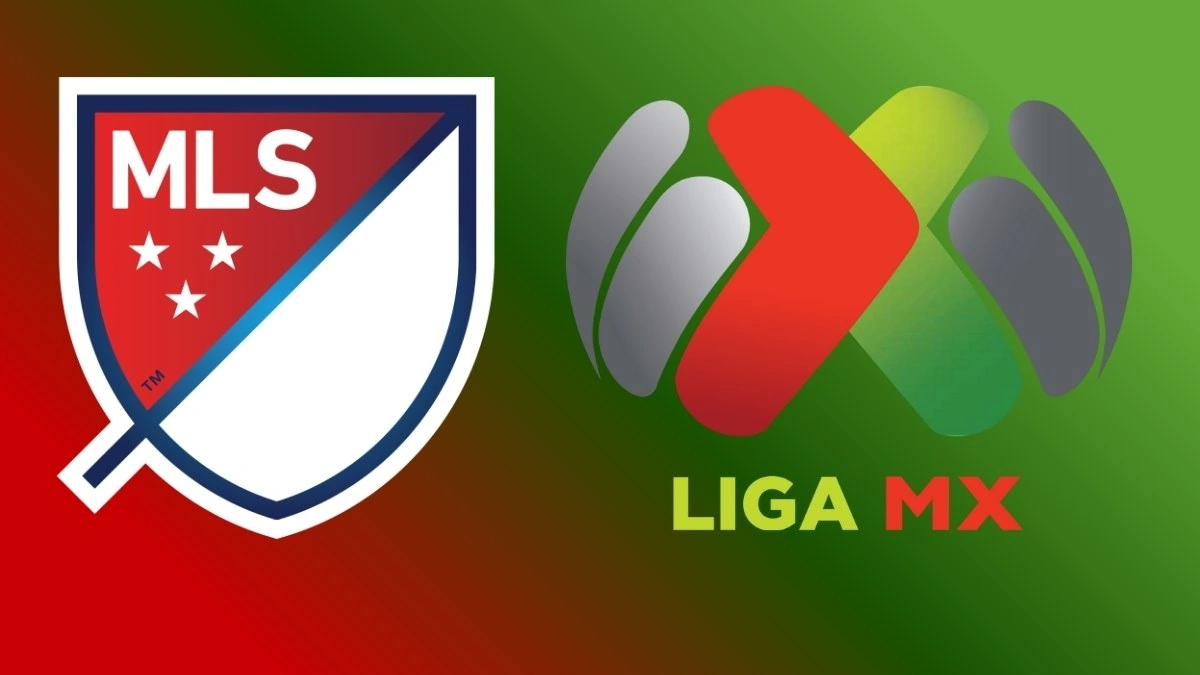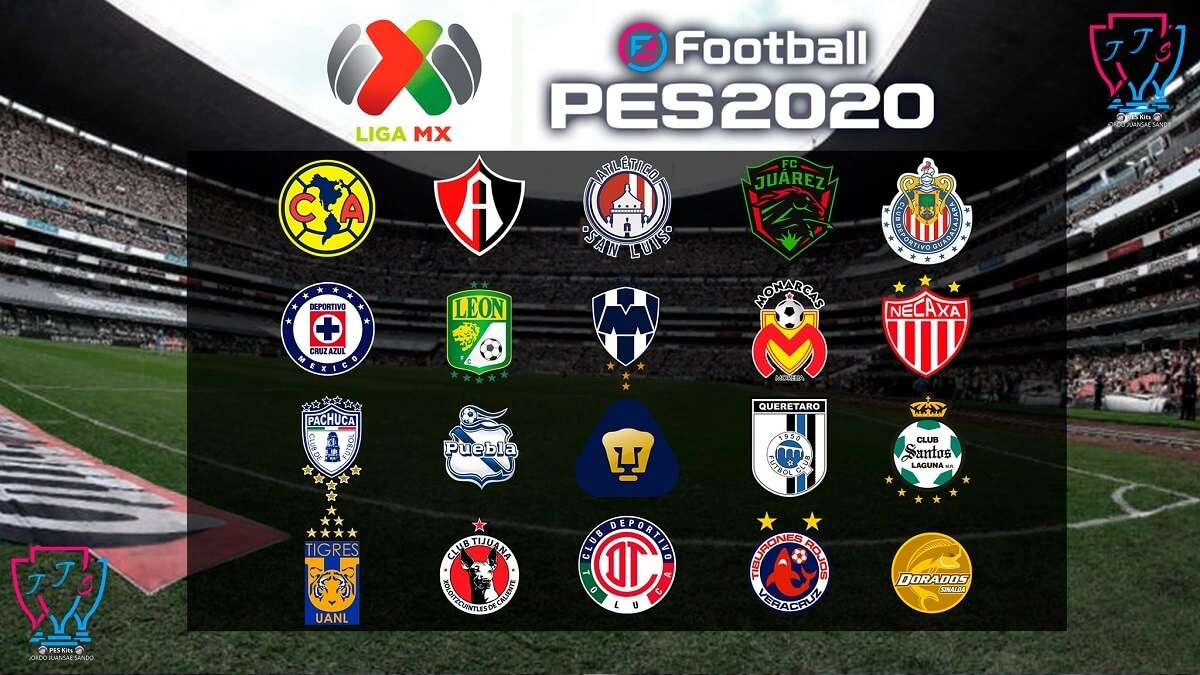Alright, let’s have a real chat. You and me, over a virtual coffee. You’re a football fan. You know the rhythm. Your weekends are mapped out by Premier League fixtures, you argue with your friends about the GOAT in La Liga, and you appreciate the tactical chess of Serie A. You’ve got your teams, your loyalties, your late-night alarms set for the Champions League anthem.
But what if I told you that one of the most passionate, unpredictable, and downright bonkers football leagues on the planet kicks off when most of us in India are just winding down? What if I said there’s a league where the entire season structure is designed for maximum chaos and drama?
I’m talking about Mexico’s Liga MX . And trust me, it’s the footballing rabbit hole you never knew you needed to fall down.
For years, I was just like you, my world revolving around the European “Top 5”. I saw Latin American football as a grainy, romanticised footnote a place where talent grew before being shipped off to the ‘real’ leagues. But then I got curious. And what I found wasn’t just a stepping stone. It was a destination. A cauldron of noise, colour, and a competitive format that makes a mockery of the slow-burn European season.
So, pull up a chair. Let me tell you why you need to give Liga MX a sliver of your football-loving heart.
Forget Everything You Know | The Glorious Chaos of Apertura and Clausura

Here’s the first thing that will break your brain. The Liga MX season isn’t one long marathon from August to May. No, that would be far too simple.
Instead, they split the year into two completely separate, standalone tournaments:
- Apertura (Opening): This runs from roughly July to December.
- Clausura (Closing): This runs from January to May.
Each tournament is its own season. Every team plays each other once, and at the end of this short, frantic league phase, a champion is crowned. That’s right two league champions every single year. Think about that for a second. The stakes are perpetually high. A bad start doesn’t mean you have 30 more games to fix it; it could mean your entire championship hunt is over in a matter of weeks. There’s no room for a mid-season slump. It’s a constant sprint.
This structure creates an incredible sense of urgency. Every match feels like it has playoff implications, because, well, it does. Which brings me to the best part…
The Liguilla | Where Seasons Are Forged and Hearts Are Broken

If the two-season format is the appetizer, the Liguilla (which translates to “little league”) is the spectacular main course. This is the playoff system, and it is pure, unadulterated drama.
At the end of both the Apertura and Clausura, the top teams in the liga mx standings don’t just get a trophy for finishing first. Oh no. They qualify for a knockout tournament to determine the actual champion. Let me rephrase that for clarity: finishing first in the league table only gets you the top seed in a high-stakes, two-legged knockout bracket.
Imagine the Premier League season ending, and instead of Manchester City just lifting the trophy, they have to enter a knockout tournament with Liverpool, Arsenal, and five other teams. That’s the Liguilla. It’s where a team that scraped into the playoffs in 8th place can go on a magical run and become champions, leaving the regular-season leaders in the dust. It’s brutal, it’s often unfair, and it is absolutely captivating television.
This system rewards clutch performance over season-long consistency. It’s built for heroes and villains, for last-minute goals and shocking upsets. It’s the Champions League knockout stage, twice a year, but with even more regional hatred and derby-day intensity baked in. Speaking of teams, check out the story on Raja Jackson for a taste of intense sports narratives.
More Than a Stepping Stone | Why Liga MX is a Powerhouse in its Own Right

Now, it’s easy to dismiss a league outside of Europe. We’ve been conditioned to see them as “feeder leagues.” And yes, top Mexican talent does move to Europe. But to see Liga MX as just a talent farm is a massive mistake. Here’s why.
First, the money. Liga MX teams are financial powerhouses in the Americas. They often outspend MLS clubs and can afford to bring in high-quality talent from all over South America. The wages are good, meaning players don’t have to rush to a mid-table European club for a payday. They can have a lucrative, high-profile career right there.
Second, the fans. The passion is off the charts. The two biggest clubs, Club América (from Mexico City, think of them as the glamourous, most-hated team) and Chivas de Guadalajara (famous for their policy of only fielding Mexican players), have a rivalry the Clásico Nacional that can paralyze the country. The stadiums are colossal, the atmospheres are electric, and the loyalty is generational.
And third, they dominate their region. Just look at the CONCACAF Champions League (their version of the UEFA Champions League). Mexican teams have won it 18 of the last 19 times. That’s not a typo. It’s absolute, undisputed dominance. They are the kings of their continent, and it’s not even close.
How to Dive In | Your Starter Pack for Following Liga MX from India

Okay, you’re intrigued. But how do you, a fan in Delhi or Mumbai, actually get into this? Let’s be honest, the time difference is the biggest hurdle. A 9 PM Saturday night game in Mexico City is a 7:30 AM Sunday morning start for us. It’s not ideal, but it’s doable.
- Pick a Team (or Two): You need a horse in the race. Here’s a quick guide:
- Club América: The big, rich, successful team everyone else loves to hate. If you like glamour and trophies, this is your club.
- Chivas de Guadalajara: The people’s club with an all-Mexican identity. If you love tradition and national pride, they’re your pick.
- Cruz Azul: The historically “cursed” team that finally broke a long title drought. The lovable underachievers who are now contenders.
- Tigres UANL: The new-money powerhouse with a rabid fanbase and a squad full of stars.
- Start with Highlights: Don’t try to watch every game live at 6 AM. It’s a recipe for burnout. Start by watching the 5-10 minute highlight packages on YouTube the next day. You’ll quickly get a feel for the players, the teams, and the storylines.
- Target the Big Games: Mark the big Clásicos on your calendar and make an event of it. Waking up early for América vs. Chivas is absolutely worth it. The drama is world-class.
It’s a different way of being a fan, more deliberate and less about constant live consumption. But the payoff is discovering a whole new world of football. While you’re exploring, you might also be interested in other sports results like the latest NASCAR results .
Your Liga MX Questions, Answered
What’s the difference between Liga MX and, say, the Brazilian or Argentine leagues?
The biggest difference is financial stability and organization. While Brazil and Argentina are famous for producing world-class talent, their leagues can be chaotic financially. Liga MX is wealthier and more structured, allowing it to retain top players and import talent from South America, making the on-field product arguably more consistent.
Is it hard to find broadcasts in India?
It can be a bit tricky. Unlike the Premier League, which has massive broadcast deals here, Liga MX rights can be scattered. Some streaming services might pick up games, but your most reliable bet for staying connected will be official YouTube channels for highlights and following fan communities on social media for live updates.
Who is the biggest star player right now?
The league’s star is often the collective, but a name that consistently stands out is André-Pierre Gignac, a French international striker who has been a legend for Tigres UANL for years. His decision to leave European football for Mexico and become an icon there speaks volumes about the league’s pull.
What is the ‘Clásico Nacional’?
This is the big one: Club América vs. Chivas de Guadalajara . It’s the most-watched and most fiercely contested match in Mexican football, pitting the wealth and perceived arrogance of the capital (América) against the tradition and all-Mexican pride of Guadalajara (Chivas). It’s a must-watch cultural event.
Does promotion and relegation exist?
This is a complicated one. Historically, yes. But in recent years, it has been temporarily suspended to provide financial stability for clubs, especially after the pandemic. It’s a controversial topic in Mexico, but for now, the top division is a closed shop.
So, the next time you’re scrolling through fixtures, tired of the same old narratives, cast your eyes westward. Look past Europe. There’s a league crackling with an energy all its own, playing by rules that guarantee excitement. Give the beautiful, chaotic, and utterly brilliant Liguilla a chance. You might just find your new footballing obsession is waiting for you at sunrise.




